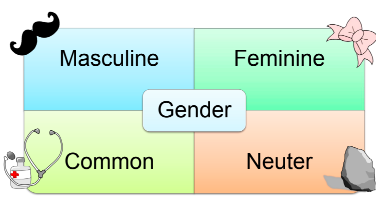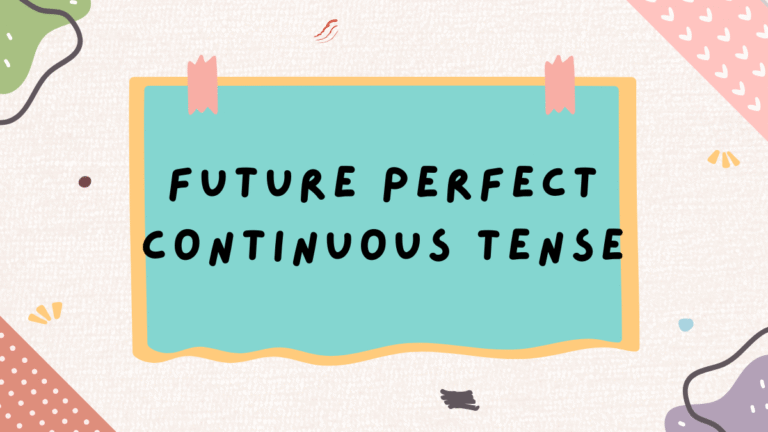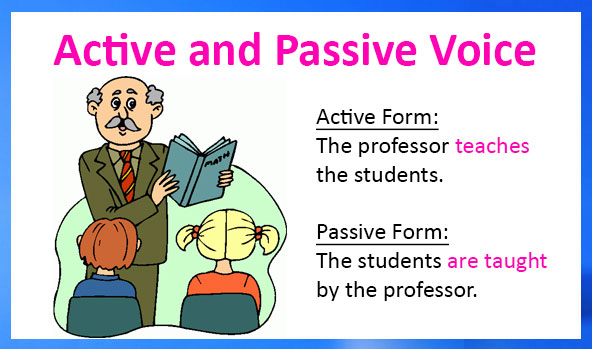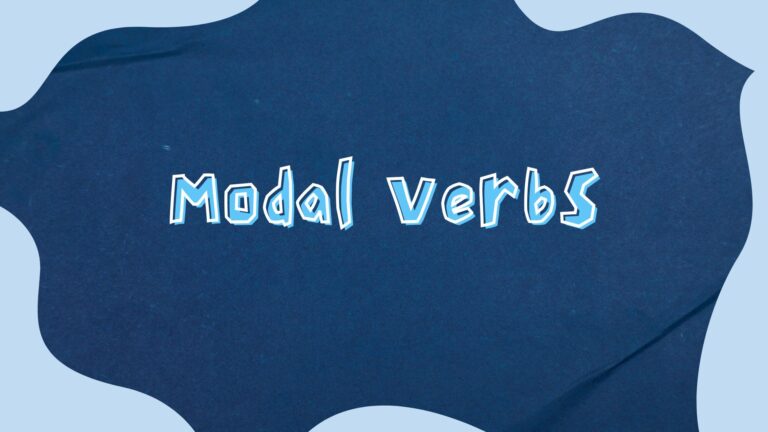Tenses: The Secret to Clear and Affective Writing
Tenses can improve your communication skills. Understanding the tenses is not just a grammar exercise; it’s essential for expressing time and clarity in both written and spoken language. This article will explore the tenses helping you to enhance your writing and conversation.
Introduction to Tenses
Tenses play an important role in communication. They give our words a sense of rhythm and flow. Tenses categorize verbs into three time frames: past, present, and future. However, each of these categories branches into various forms—simple, continuous, perfect, and perfect continuous.
Present Tense:
The present tense expresses thoughts and actions. The present tense invites immediacy and relevance into our communication. This immediacy allows readers and listeners to connect with the narrative as it happens.
The present tense can be used strategically to capture emotions and create a strong sense of atmosphere. For instance, when describing a pivotal moment in personal reflection, using present tense helps engage the audience in the experience.
Past Tense:
The past tense allows us to revisit moments that have shaped our experiences. Past tense is used to describe actions that occurred in the past, it is a powerful tool for storytelling and reflection. By employing the past tense, we not only convey what has happened but also express emotions tied to those memories.
Past tense enables writers and speakers to craft layered narratives, where the interplay of different past actions can reveal character motivations. The past tense often invites self analysis; as we recount our histories, we find meaning in the lessons learned. It reminds us that our past is not just a series of events but a series of experiences that shape who we are today.
Future Tense:
The concept of future tense embodies our hopes, and aspirations. In a world of uncertainty, the way we articulate our future can shape our reality. When we speak in future tense, we are not just imagining what lies ahead; we are actively participating in the creation of that future.
Moreover, the future tense is a mirror reflecting our collective mindset. By embracing a forward-thinking narrative, we invite a sense of agency into our lives, encouraging proactive rather than reactive stances. This helps us to consider not just what we want to achieve but also how we can contribute to a more equitable world.
Simple, Continuous, Perfect, and Perfect Continuous:
The English language features four primary types of tenses that help convey time and aspect: Simple, Continuous, Perfect, and Perfect Continuous.
The Simple tense is the foundation, allowing us to express actions that are habitual or factual, like “She runs every morning.” It’s straightforward yet powerful, expressing the essence of actions without any embellishment.
Continuous tense adds a layer of depth, illustrating ongoing actions. For instance, “She is running” emphasizes the activity in progress, engaging the reader with a sense of immediacy.
Perfect tense introduces a connection between past and present, as in “She has run five miles,” highlighting achievements and their relevance to the current moment.
The Perfect Continuous tense blends these aspects, showcasing actions that began in the past and continue into the present, as in “She has been running for an hour.”
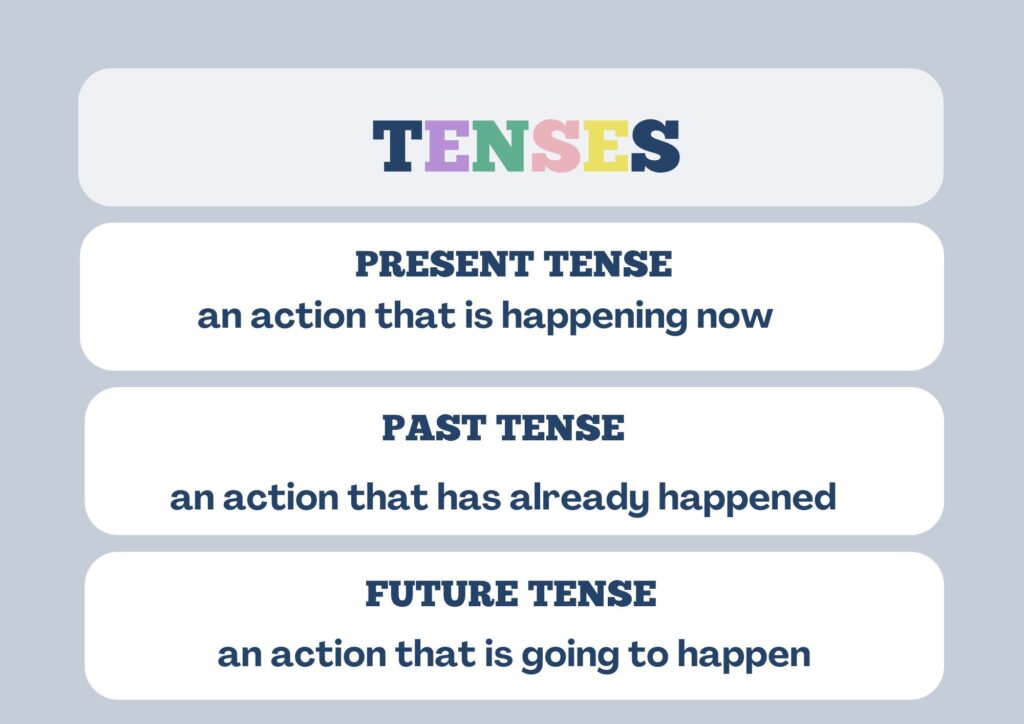
Importance of the Tenses in Communication:
Tenses are the backbone of effective communication that guide listeners through our thoughts. By precisely indicating when an action occurs we create a clear timeline that enhances understanding. For instance, consider how the simple shift from “I eat” to “I ate” transforms a statement from a habitual action to a completed one. This control over time not only improves our storytelling but supports deeper connections.
Stay connected with efficientenglishscholar.


